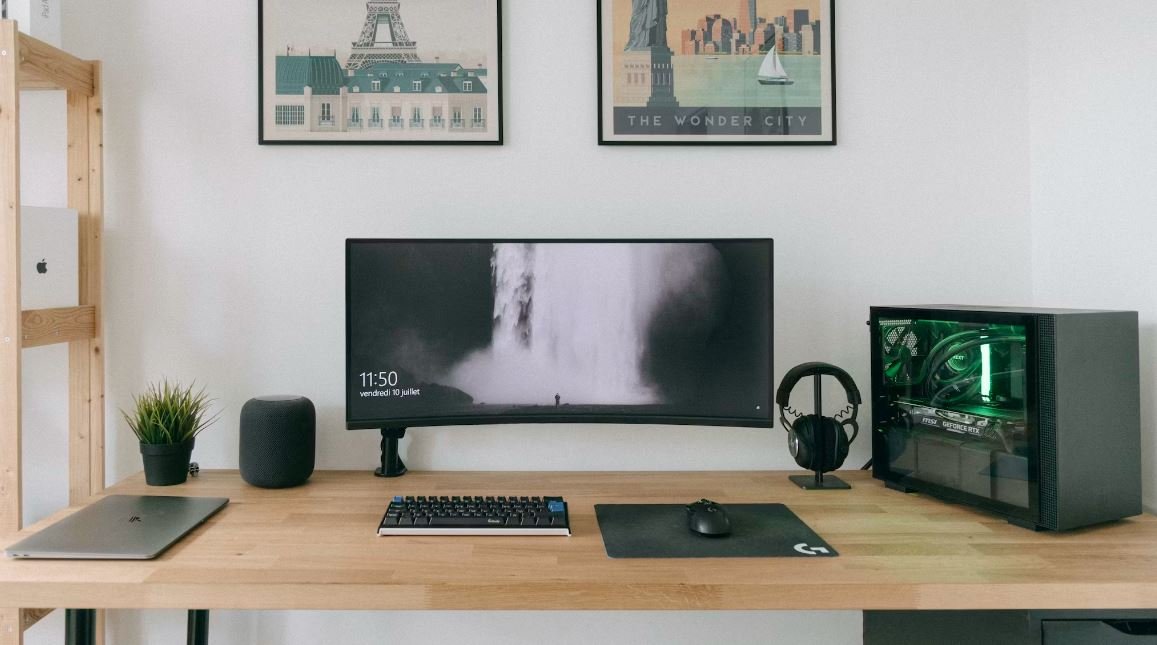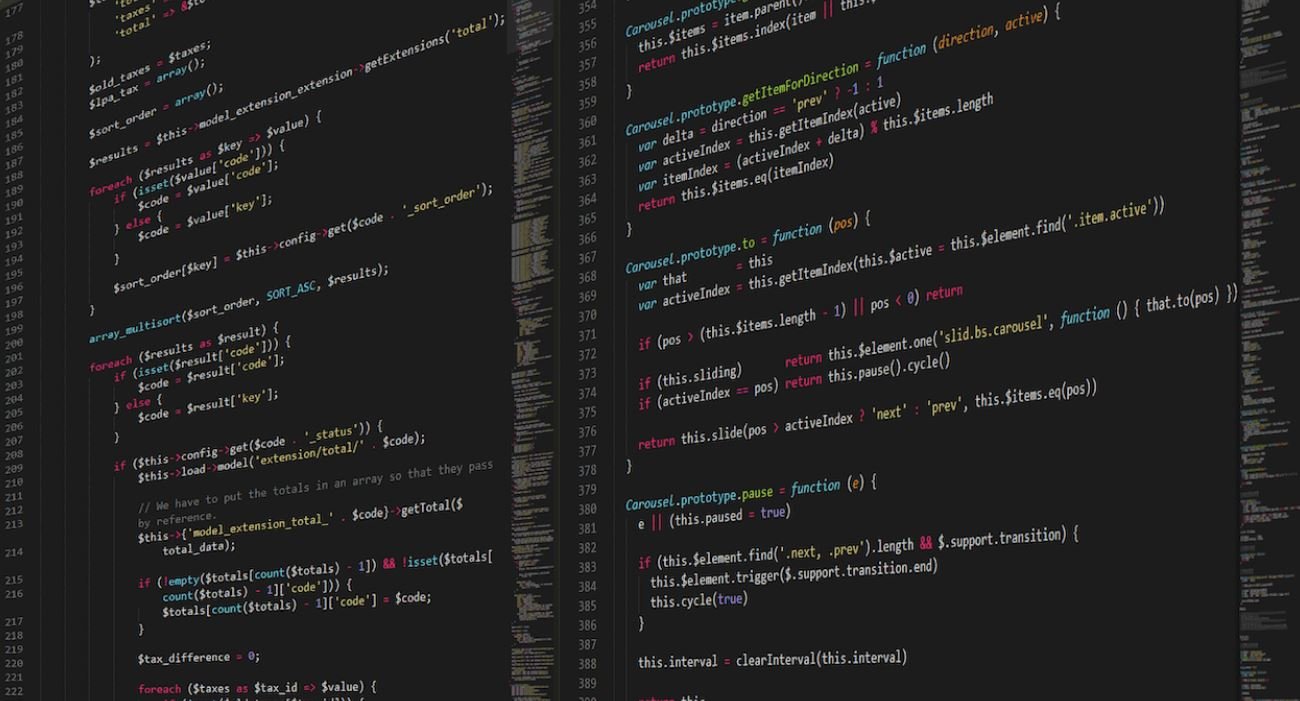What Is Beats per Minute in Music?
Music is a universal language that evokes emotions and provides rhythm to our lives. One crucial aspect of music production is the tempo or speed at which a piece of music is played. Beats per minute (BPM) is a measure of tempo in music and represents the number of beats or pulses occurring in one minute.
Key Takeaways:
- Beats per minute (BPM) measures the tempo or speed of a piece of music.
- BPM indicates the number of beats or pulses occurring in one minute.
- Understanding BPM helps musicians synchronize their performances and DJs create cohesive playlists.
- The BPM of a song impacts the energy level and mood it creates.
As a musician or a music enthusiast, comprehending BPM is essential for various reasons. First and foremost, understanding BPM allows musicians to synchronize their performances and keep a consistent tempo. A drummer, for example, needs to stay in sync with the rest of the band, and knowing the BPM helps achieve this. DJs also rely heavily on BPM to create seamless transitions between songs in a playlist, facilitating smooth and continuous sets. *The ability to feel the rhythm and conform to the specific BPM of a song is valuable to any musician.*
BPM is not only significant for tempo-related purposes but also impacts the overall energy level and mood of a song. Higher BPMs generally translate to faster-paced and more energetic music, whereas lower BPMs tend to create a relaxed and calmer atmosphere. Through the manipulation of BPM, musicians can manipulate the emotional response of their audience. *The power to set the mood and control the energy of a performance through the choice of BPM is a fascinating aspect of music production.*
The BPM Range:
BPM can vary greatly across different music genres and specific songs. Let’s take a look at some typical BPM ranges for a variety of genres. The ranges provided below are approximate and can differ based on individual songs:
| Genre | BPM Range |
|---|---|
| Rap/Hip Hop | 80-100 |
| Pop | 90-120 |
| Rock | 100-140 |
Songs within each genre can have varying tempos, but these ranges give a general sense of the typical BPMs found within them. It is important to note that BPM is not a rigid factor and can vary even within single songs, with tempo changes occurring as the composition progresses. *These variations in BPM add complexity and keep the music interesting for the listener.*
The Significance of BPM in Dance Music:
One particular area where BPM plays a crucial role is dance music. DJs, producers, and dancers heavily rely on specific BPM ranges to match beats and synchronize dance moves. Different dance styles have preferred BPM ranges that optimize the dance experience. Here are a few examples:
| Dance Style | BPM Range |
|---|---|
| House | 120-130 |
| Techno | 130-150 |
| Dubstep | 140-160 |
These BPM ranges provide a foundation for creating and enjoying specific dance styles, allowing dancers to groove on beat and DJs to mix seamlessly. *The combination of precise BPMs and dance moves creates an immersive and energetic dance experience.*
The Flexibility of BPM:
While having a consistent BPM is important for synchronization purposes, musicians and DJs have the flexibility to use BPM creatively. Within a song, tempo changes can be introduced to add dynamics and emphasize certain sections. This technique is commonly employed in music genres like progressive rock or electronic music, where shifting BPMs contribute to the overall structure and feel of the composition. *The versatility of BPM allows musicians to experiment and push the boundaries of creativity.*
In conclusion, beats per minute (BPM) is a vital component of music production that measures the tempo or speed of a piece of music. Musicians and DJs rely on BPM to synchronize performances, create cohesive playlists, and manipulate the energy and mood of their music. Understanding BPM allows musicians to control the rhythm and dance music to synchronize moves, while also providing the flexibility to introduce tempo changes for artistic expression. *BPM is an essential element in shaping the overall impact of music.*

Common Misconceptions
Beats per Minute (BPM) in Music
There are several common misconceptions surrounding the concept of beats per minute (BPM) in music. Understanding these can help clarify the true meaning and importance of this measure.
Misconception 1: BPM Determines the Genre of Music
- BPM can vary across genres, but it doesn’t determine them.
- Many genres have a wide range of BPM values.
- Genres often include songs at different tempos to create variety.
Misconception 2: BPM Dictates the Mood of a Song
- While higher or lower BPM can impact the energy of a song, it doesn’t determine the mood alone.
- The composition, key, instrumentation, and lyrics all contribute to the overall mood.
- Songs with the same BPM can have contrasting emotions depending on other elements.
Misconception 3: BPM Is Always a Fixed Value
- The BPM of a song can change throughout the track.
- Some songs intentionally have tempo fluctuations for artistic purposes.
- Different sections within a song may have varying BPMs to create dynamic transitions.
Misconception 4: BPM Is Only Useful for DJs and Producers
- BPM is significant for other music-related activities, such as dancing and exercise.
- Knowing the BPM helps in finding complementary songs for playlists or creating smooth transitions.
- Musicians use BPM as a reference point when practicing or rehearsing with a metronome.
Misconception 5: Only Professionals Can Identify the BPM
- Various online tools and smartphone apps allow users to detect the BPM of a song effortlessly.
- Anyone can tap along or count the beats in a minute to estimate the BPM moderately accurately.
- Listening and feeling the rhythm can guide individuals in identifying the general BPM range.

Musical Genres and Their Average BPM
Below is a list of various musical genres and their respective average Beats Per Minute (BPM). Take a look at the range of tempos across different styles of music.
The Fastest Recorded BPM in History
Discover the fastest tempo ever recorded in the history of music. This remarkable record showcases an astonishing feat of musicianship.
Famous Songs with Slow BPM
Explore a compilation of well-known songs that embrace a slower Beats Per Minute (BPM). These timeless tracks captivate listeners through their deliberate and introspective soundscapes.
Top Dance Hits with High BPM
Be prepared to move with these high-energy dance hits. These songs guarantee to get people on their feet with their infectious rhythm and fast-paced tempos.
Historical Music Periods and Their Typical BPM Ranges
Discover how music genres have evolved over the centuries, as reflected by their typical Beats Per Minute (BPM) ranges. This evolution demonstrates the diverse range of musical expression throughout history.
Popular Workout Songs with Energetic BPM
Level up your workout routine with an energetic playlist of popular songs. These workout-friendly tracks are carefully chosen to keep you motivated and provide an energetic BPM boost.
The Slowest Tempo in Classical Music
Experience the beauty of tranquility found in classical music’s slowest tempos. These compositions allow listeners to fully immerse themselves in a world of delicate melodies and peaceful atmospheres.
Music from Different Cultures and Their BPM
Uncover the rhythmic diversity amongst various cultures, as showcased by the Beats Per Minute (BPM) of their traditional music. Prepare to be amazed by the unique musical traditions around the world.
Common BPMs Found in Pop Music
Explore the average and most common Beats Per Minute (BPM) ranges frequently found in popular music. Gain insight into the rhythmic patterns that enthrall listeners across the globe.
Music and Heart Rates: How BPM Affects Emotions
Discover the connections between music and heart rates, as well as how different tempos affect our emotions. Explore the fascinating relationship between Beats Per Minute (BPM) and our physiological responses to music.
Understanding the concept of Beats Per Minute (BPM) in music is an essential aspect of appreciating and analyzing different genres, styles, and cultures. This article unveiled diverse tables showcasing various facets of BPM, such as average tempos across genres, historical musical periods, global music traditions, emotional impacts of different BPMs, and more. Each table opened a window into a specific aspect of the rhythmic world, offering unique insights into the vast realm of music. Whether you’re a music enthusiast, a dancer, or a researcher, delving into the world of BPM will undoubtedly deepen your appreciation for the power and wonder of rhythm.
Frequently Asked Questions
What Is Beats per Minute in Music?
What does “beats per minute” mean?
How is the beats per minute in music determined?
Why is beats per minute important in music?
Can the beats per minute change within a song?
Are there standard BPM ranges for different music genres?
How can I find the beats per minute of a song?
Does the beats per minute affect how people perceive music?
Can the beats per minute be adjusted in post-production?
Are there any health benefits associated with listening to specific beats per minute?
Is there a standard BPM for dancing?




